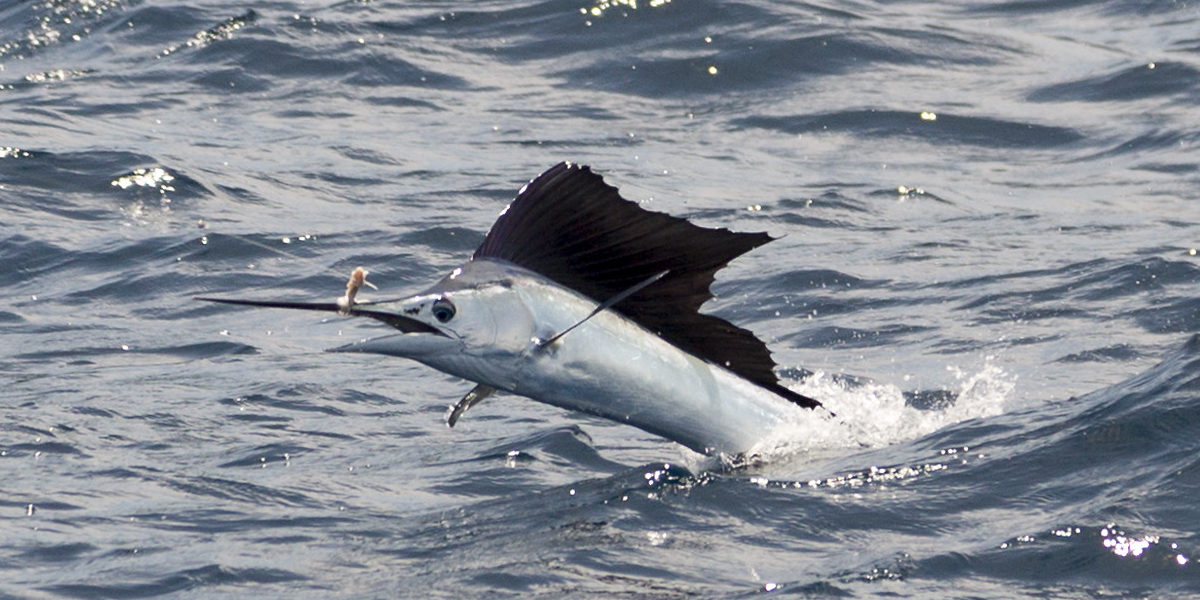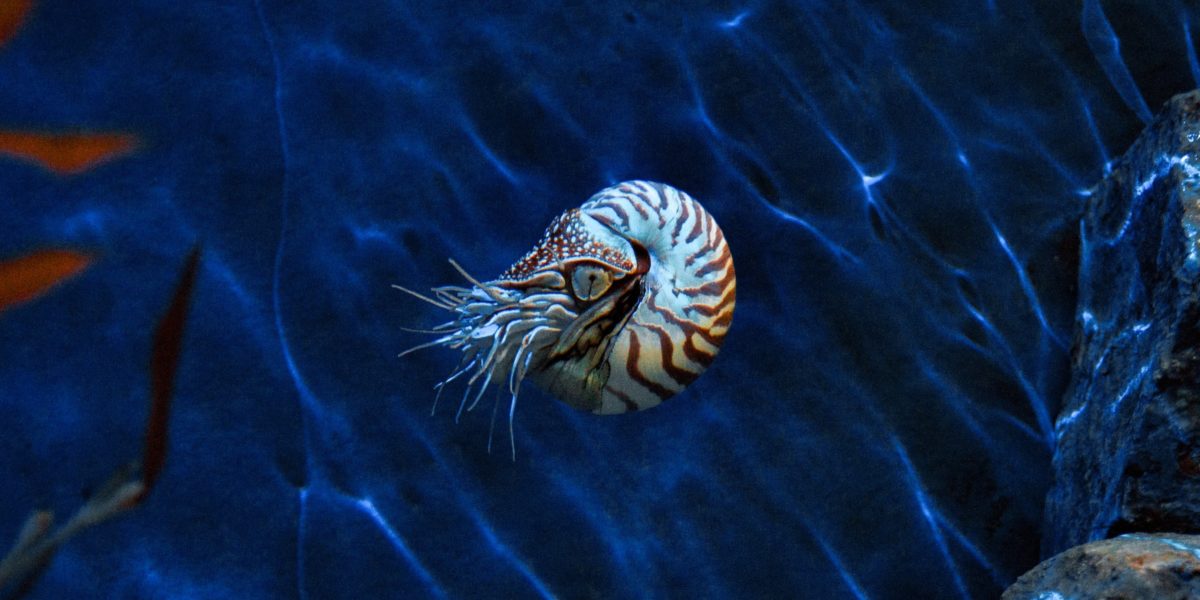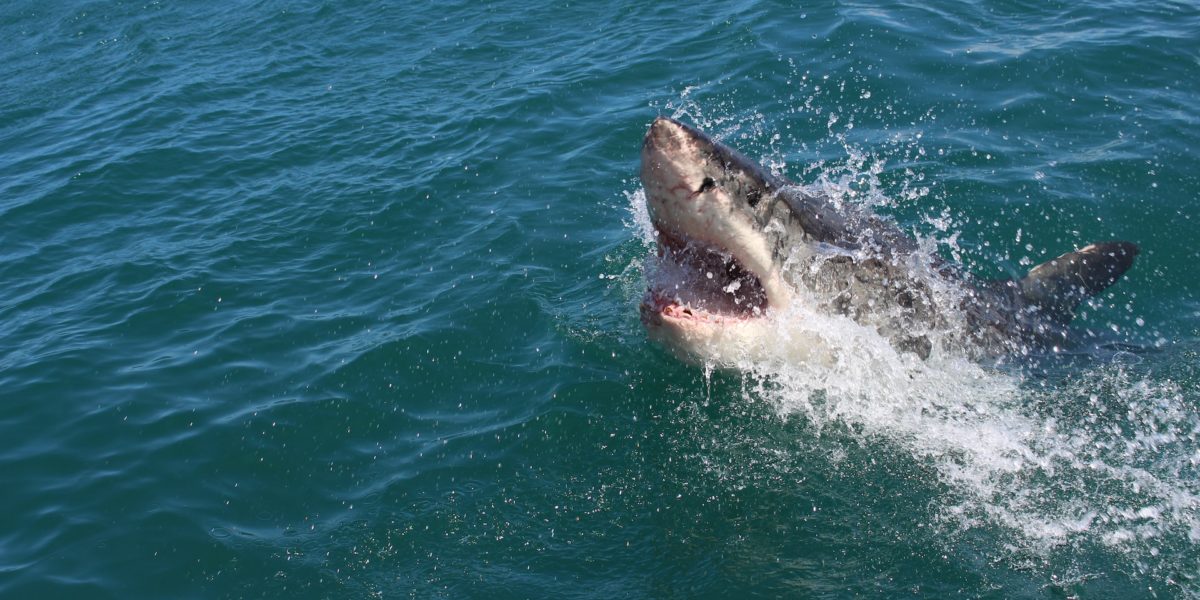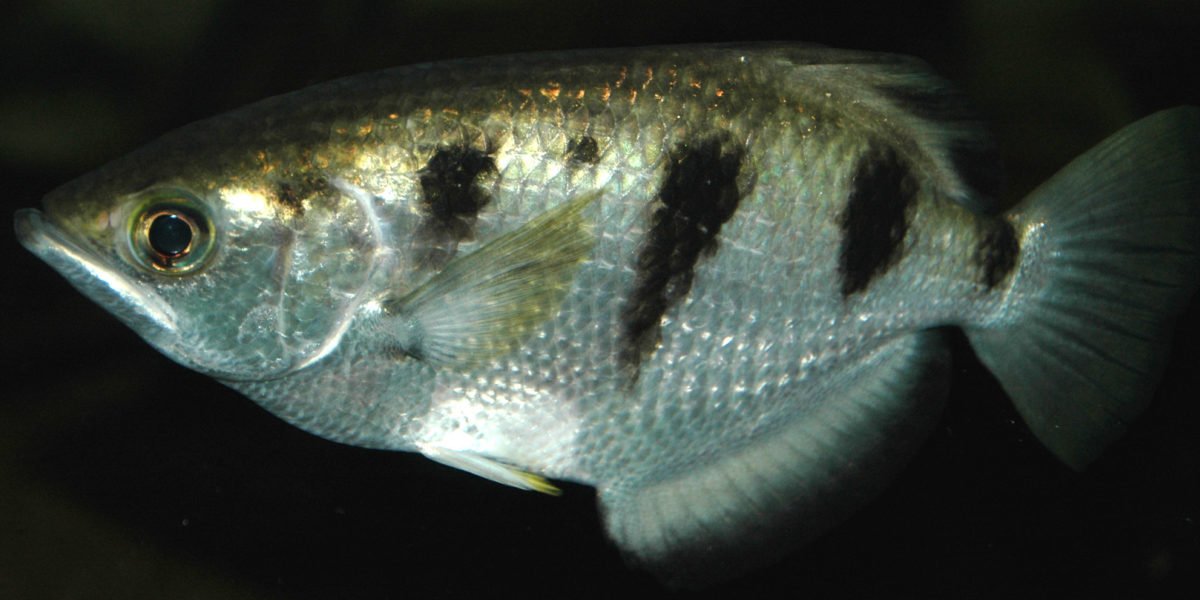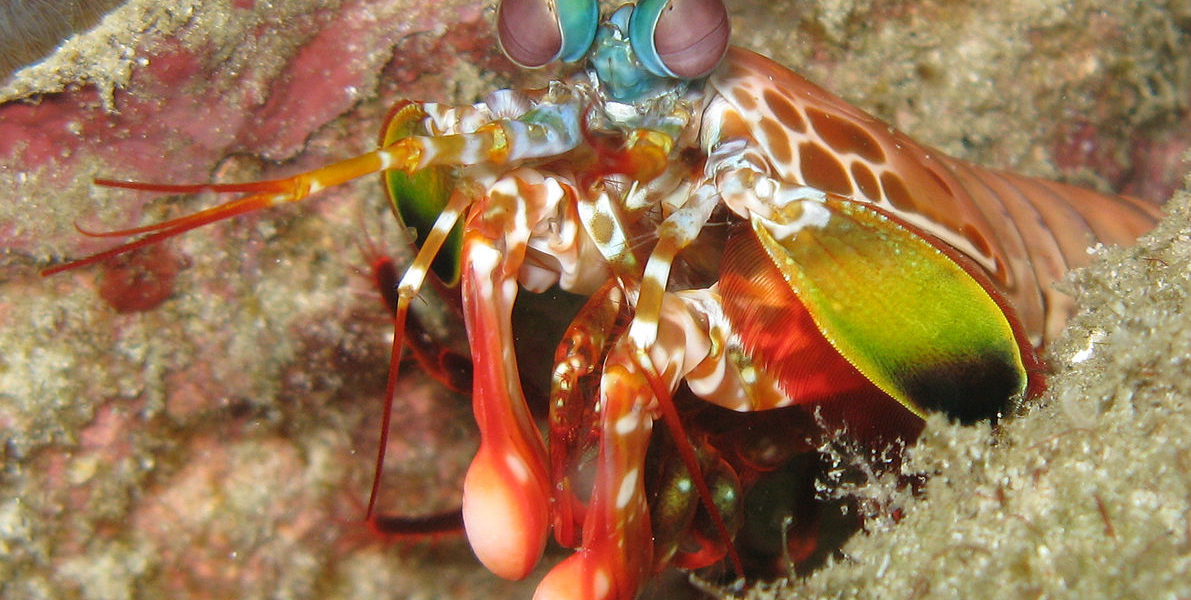Sailfish, or Istiophorus platypterus, are one of the most recognizable fishes in the ocean due to their large sail-like dorsal fin. But, did you know that they are also iconic because they are one of the fastest swimmers in the ocean?
Continue reading “Swimming Fast and Slow: What We Know About the Sailfish’s Iconic Fin”Tag: marine animals
The Ship of Pearl – Jet Propulsion in the Chambered Nautilus
In the aptly titled poem The Chambered Nautilus, Oliver Wendell Holmes Sr. praises the eponymous cephalopod for its elegant shape and vibrant colors. The ship of pearl, as Wendell calls it, might not be the swiftest vessel; but Thomas R. Neil and Graham N. Askew’s research indicates that the chambered nautilus might be among the most energy efficient ships in the seven seas.
Continue reading “The Ship of Pearl – Jet Propulsion in the Chambered Nautilus”Fish in Flight: The Science Behind Great White Breach Attacks on Cape Fur Seals
If you’ve ever turned on Discovery channel during Shark Week, then you’ve probably seen the iconic footage of a 2.5-ton great white shark leaping out of the water to catch its next meal. If you’re weird like me and you’ve ever tried to mimic one of these epic breaches in a backyard pool, then you realize just how difficult it is to generate enough momentum to jump even partway out of the water and therefore have a real appreciation for what it takes to pull off this incredible feat.
Continue reading “Fish in Flight: The Science Behind Great White Breach Attacks on Cape Fur Seals”Archerfish: Nature’s Master Marksmen
The name archerfish refers to seven species of freshwater fish that are all members of the Toxotes genus. These fish derive their name from their ability to hunt land-based creatures, ranging from insects to small lizards, using jets of water shot from their mouth with remarkable accuracy. They only grow to a maximum of a foot long, but they’ve been recorded in the wild propelling their water jets distances of up to two meters. A recent study in the Journal of Experimental Biology was conducted by Stephan Schuster to investigate the mechanics behind their unorthodox hunting technique.
Continue reading “Archerfish: Nature’s Master Marksmen”How the Mantis Shrimp Packs its Punch
The mantis shrimp, a six inch long crustacean residing in the warm waters of the Pacific and Indian oceans, may look harmless with its rainbow shell, but it is able punch its prey with the same acceleration as a 0.22 caliber bullet, providing around 1500 newtons of force with each blow. The mantis shrimp can shatter the glass of aquariums, catch and kill their prey with minimal effort, and punches so fast that cavitation bubbles form behind their hammer-like clubs. Cavitation bubbles are pockets of low pressure air that form when a liquid is moved faster than it can react, and collapse with tremendous heat and force—enough to crack the shells of other crustaceans or even a glass bottle.
Continue reading “How the Mantis Shrimp Packs its Punch”